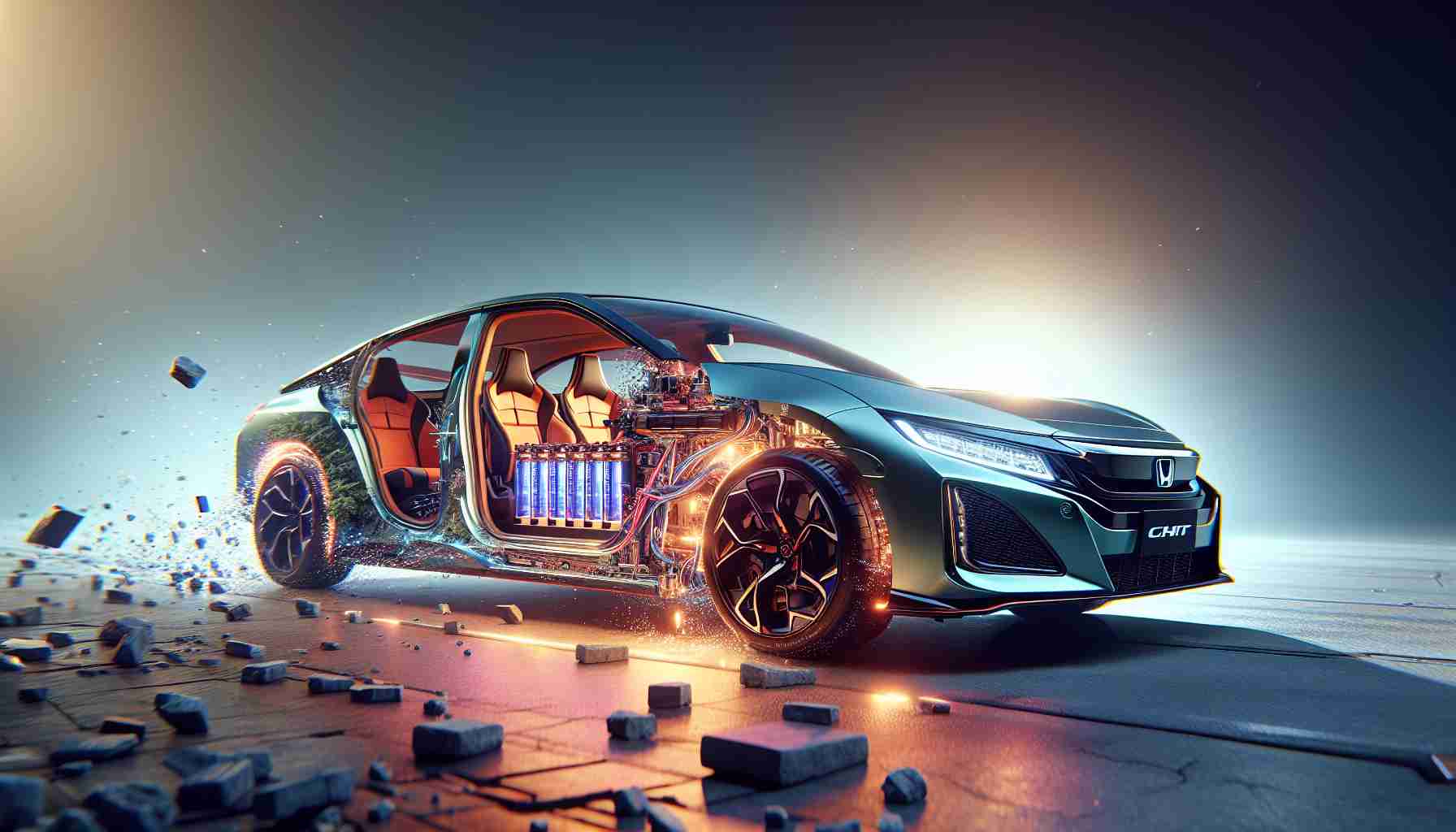Honda is taking a bold step into the future by establishing a demonstration production line for all-solid-state batteries at its cutting-edge facility in Sakura City, Tochigi Prefecture, Japan. This exciting development is a leap forward in Honda’s strategy to integrate advanced battery technology into its electrified vehicles by the latter part of the 2020s.
Key Details:
Situated in Tochigi Prefecture, Japan, Honda R&D Co., Ltd. has constructed an impressive 27,400 m2 facility equipped with state-of-the-art production machinery. By January 2025, Honda aims to commence production and verify innovative technologies essential for mass manufacturing.
The company is focusing on roll-pressing techniques to enhance the density of solid electrolyte layers, which optimizes the interface between electrodes for efficient performance. Honda’s relentless mission is to cut production time per cell while slashing costs, partly by reducing the power needed throughout the process to maintain safety and efficiency.
Strategic Vision:
Honda’s pivot toward all-solid-state batteries is meant to underpin its vast array of vehicles, from cars and motorcycles to potential future aircraft, leveraging economies of scale for cost-effective manufacturing. In pursuing this strategy, Honda draws from its storied history of scaling impactful technologies.
Looking ahead, Honda has set a lofty ambition to achieve carbon neutrality by 2050. Aiming for all new vehicle sales to comprise battery-electric and fuel cell electric vehicles by 2040, these all-solid-state batteries promise to mitigate common EV concerns like range anxiety, pricing hurdles, and lengthy charging times, marking a significant leap in EV technology.
Revolutionizing Energy Storage: The Untold Impact of All-Solid-State Batteries
The dawn of all-solid-state battery technology marks a transformative moment in humanity’s quest for sustainable energy solutions. With Honda spearheading this movement, the potential benefits extend far beyond electrified vehicles, promising wide-ranging impacts on various technological fronts and societal progress.
Breaking Ground in Energy Storage
While Honda’s advancements are already capturing attention, what may surprise many is the broader impact of all-solid-state batteries on diverse sectors beyond transportation. This new technology holds promise for revolutionizing energy storage globally, addressing issues related to capacity, efficiency, and safety in ways traditional lithium-ion batteries cannot.
Solid-state batteries replace the liquid or gel electrolyte found in conventional batteries with a solid one. This change offers several benefits:
– Improved Safety: The solid electrolyte significantly reduces the risk of leaks, fires, and chemical instability, making devices safer.
– Higher Energy Density: More energy stored in a smaller space translates to longer-lasting batteries for devices like smartphones and laptops.
– Faster Charging: These batteries can potentially recharge much quicker, a significant advantage for both consumer electronics and electric vehicles.
Ripple Effects Across Industries
The implementation of all-solid-state batteries could invigorate industries tied to renewable energy, such as solar and wind power. These batteries have the potential to store vast amounts of generated energy more efficiently, offering a stable power supply even when the sun isn’t shining or the wind isn’t blowing.
Questions and Controversies
While the technology offers exciting possibilities, several questions linger:
– Production Costs: Can manufacturers keep costs down as they scale production?
– Lifespan & Durability: Will these batteries last longer under various environmental conditions?
Despite these uncertainties, the relentless pursuit of refinement in production techniques could eventually resolve these issues, paving the way for widespread use.
Advantages and Disadvantages
Advantages:
– Environmental impact reduction through potential carbon neutrality in transport and energy sectors.
– Advancement in technology could lead to breakthroughs in energy storage and electronics design.
Disadvantages:
– Initial investment and research costs are substantial.
– It may take time to implement these technologies on a mass scale.
Link Recommendations
Learn more about innovations in battery technology and the implications for sustainable futures at Honda. Explore cutting-edge developments in energy technology at Tesla and delve into renewable energy strategies at Siemens.
The journey into the realm of all-solid-state batteries is fraught with challenges, yet filled with promising paths that could propel humanity into a cleaner, more efficient future. As Honda and other innovators continue to navigate this complex landscape, the potential for technological evolution and societal progress remains boundless.







